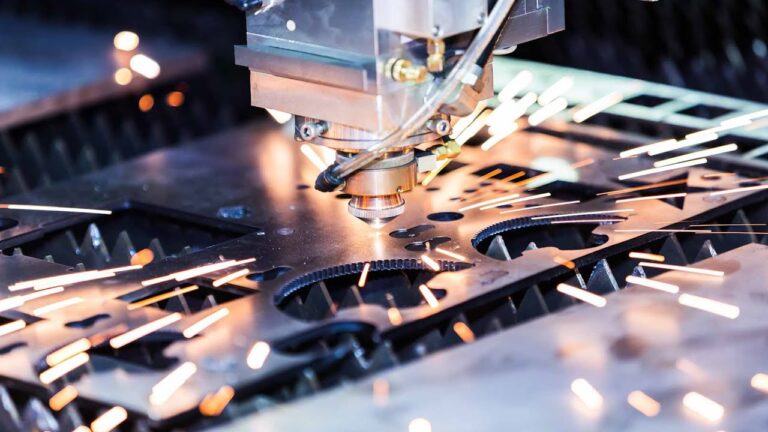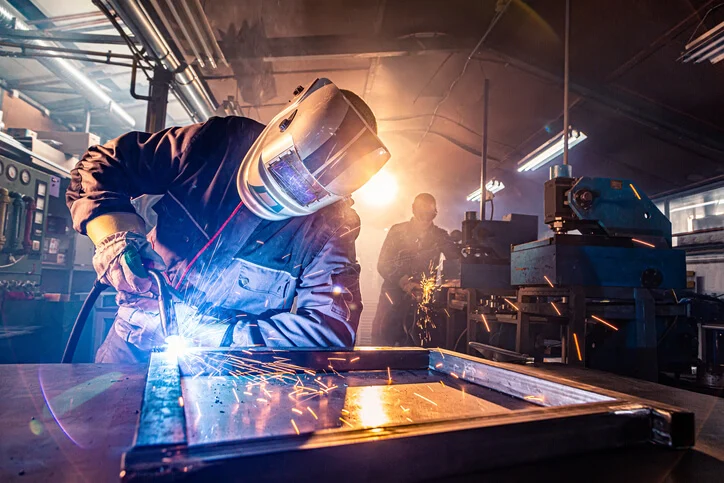Welding is a powerful and precise craft, but when performed on the move, it brings additional risks. Whether it’s a minor repair or a large-scale project, mobile welding services offer the convenience of bringing the workshop to the job site. However, this convenience does not come without challenges. The importance of safety in mobile welding cannot be overstated. Here’s what needs to be kept in mind to ensure a safe working environment.
The Challenges of Mobile Welding
Welding on the go means working in varied environments. Unlike stationary workshops, mobile welders may have to work in unpredictable settings—outdoors, in confined spaces, or around hazardous materials. These challenges require a heightened awareness of safety protocols to avoid accidents and injuries.
Mobile welding services are vital in construction, manufacturing, and maintenance, but they often expose workers to greater risks due to limited resources and sometimes harsh conditions. It’s crucial to understand these risks and take necessary precautions before starting any work.
Proper Equipment is Key
One of the primary safety measures in mobile welding is ensuring that all equipment is in good condition and suitable for the task. Mobile welding setups must be equipped with all the tools and safety gear necessary for the job. Here are some essentials to keep in mind:
- Portable Welding Machine: Ensure it is suitable for the job and can handle the demands of the worksite.
- Protective Gear: Welding helmets, gloves, jackets, and boots are non-negotiable. These help protect against sparks, UV radiation, and molten metal splashes.
- Fire Extinguishers: Always have an extinguisher on hand, especially when working in areas with flammable materials.
- Ventilation Systems: Welding produces fumes that can be harmful to health. Ensure proper ventilation, especially when working in confined spaces.
By preparing and ensuring the equipment is well-maintained, risks are greatly reduced, and the job can proceed safely.
Workspace and Environmental Considerations
When setting up for mobile welding, the workspace plays a critical role in ensuring safety. Here are some points to take into account:
- Clear the Work Area: Remove any unnecessary materials or debris to avoid the risk of fires and accidents.
- Check for Gas Leaks: If working with flammable gases, make sure the area is free of leaks.
- Stabilize the Workpiece: Ensure the metal being welded is securely fixed to avoid accidents caused by movement.
Additionally, welding outdoors can expose workers to weather-related hazards like high winds or extreme temperatures. It’s essential to check the forecast and adjust work schedules or procedures accordingly.
Fire Safety Protocols
Welding generates intense heat and sparks, making fire one of the top safety concerns. Therefore, understanding fire safety protocols is vital. Some of the best practices include:
- Remove Flammable Materials: Clear any flammable items from the area before starting the work.
- Use Fire-Resistant Blankets: In areas with combustible materials, place fire-resistant blankets to catch any sparks or molten metal.
- Inspect Fire Extinguishers: Always have at least one working fire extinguisher readily available.
Adhering to these safety protocols will reduce the likelihood of a fire starting, which can be especially important on mobile worksites with limited access to fire-fighting resources.
Handling Hazardous Fumes and Gases
Welding creates fumes that can be harmful when inhaled. In mobile welding situations, workers may be in areas where proper ventilation is not available. It’s crucial to take measures to minimize exposure to harmful gases. Here’s how to do that:
- Use Ventilators: Always use ventilation systems to remove harmful fumes from the workspace.
- Wear Respirators: In confined spaces or where ventilation is limited, wearing a respirator can help reduce exposure to hazardous fumes.
- Stay Informed About Materials: Understand the materials you are welding. Some metals, such as stainless steel or galvanized steel, produce more dangerous fumes when welded.
Proper precautions when handling fumes are necessary to safeguard long-term health.
Training and Knowledge
Even the best safety measures can fail without proper knowledge and training. Mobile welders must undergo comprehensive training to understand the risks associated with the job. Here’s why proper training is crucial:
- Recognizing Hazards: Training helps welders identify potential hazards in their work environment.
- Emergency Response: Knowing how to react in emergencies—whether it’s a fire, injury, or equipment malfunction—is vital.
- Understanding Equipment: Proper training ensures welders understand how to safely operate welding machines and equipment.
Regular safety training is an investment in both personal and workplace safety.
The Importance of Inspections and Maintenance
Safety doesn’t end once the welding begins. Ensuring that equipment is regularly inspected and maintained can prevent malfunctions and accidents. Regular checks of welding machines, safety gear, and the worksite will ensure everything remains in working order. Additionally, check gas cylinders and hoses to avoid leaks that could lead to dangerous situations.
Final Thoughts
In conclusion, mobile welding services offer convenience, but they also come with their unique safety challenges. By focusing on safety protocols such as proper equipment, personal protective gear, ventilation, and regular training—welders can minimize the risks.
Remember, welding is a skilled profession that requires attention to detail and an understanding of the hazards involved. For your next project, prioritize mobile welding safety. Stay informed, prepared, and vigilant, ensuring a safe and efficient working environment.





